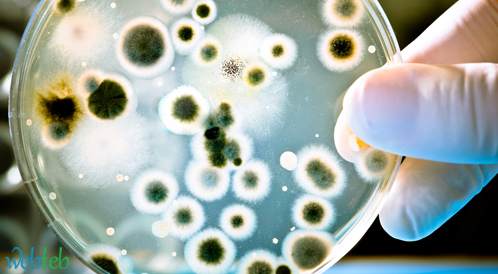1 | Why Bacteria Matter
Bacteria are single-celled prokaryotes that dominate every habitat on Earth, from deep-sea vents to the human gut. They recycle nutrients, drive biogeochemical cycles, and underpin modern biotechnology. Current estimates place known bacterial species at <0.01 % of the true total, making each new isolate a potential game-changer for medicine, industry, or ecology. britannica.com
2 | Classifying Bacteria at a Glance
| Criterion | Main Types | Hallmark Traits | Representative Genera |
|---|---|---|---|
| Shape (Morphology) | Cocci · Bacilli · Vibrio · Spirilla/Spirochetes · Filamentous | Determined by cell-wall growth patterns | Staphylococcus, Escherichia, Vibrio, Treponema, Streptomyces britannica.com |
| Cell-Wall Structure | Gram-positive · Gram-negative · Acid-fast · Wall-less (Mycoplasma) | Peptidoglycan thickness; outer membrane presence; mycolic acids | Bacillus, Pseudomonas, Mycobacterium, Mycoplasma |
| Metabolism / Ecology | Photoautotrophs · Chemo(litho)autotrophs · Heterotrophs · Extremophiles (thermo-, halo-, acidophiles) | Energy source & electron donor; environmental tolerance | Cyanobacteria, Nitrosomonas, Clostridium, Thermus, Halobacterium |
3 | Phylogenetic Spectrum
Modern rRNA phylogenies recognise dozens of bacterial phyla. Five dominate most ecosystems—Proteobacteria, Firmicutes, Actinobacteriota, Bacteroidota, and Cyanobacteria—while the Candidate Phyla Radiation (CPR) comprises > 70 ultra-small, still-enigmatic lineages. In 2024 researchers finally cultured members of the CPR genus JAHXGL01, revealing symbiotic life cycles previously inferred only from metagenomes. microbiomejournal.biomedcentral.com
4 | Medical Spotlight
-
Commensal vs. Pathogen: The gut houses trillions of beneficial bacteria, yet just 24 species/families now appear on the WHO 2024 Bacterial Priority Pathogens List because of rising drug resistance. who.intthelancet.com
-
Phage Therapy Comeback: Nine FDA-approved bacteriophage products reached the U.S. market by early 2025, signalling a policy shift toward viruses that selectively kill drug-resistant bacteria. sciencedirect.comnature.com
5 | Emerging Applications & Research Ideas
| Frontier Idea | Scientific Rationale | Potential Impact |
|---|---|---|
| AI-Optimised Phage Cocktails | Machine-learned host-range models select phage combinations matched to local Moroccan hospital isolates. | Faster, resistance-proof infection control. |
| Engineered E. coli for Plastic Up-cycling | 2025 work shows modified E. coli turning PET waste into biodegradable polymers—and even paracetamol—within 24 h. phys.orgtheguardian.com | Circular economy for plastics; greener pharma synthesis. |
| Culturing CPR Symbionts | New media that mimic host cytoplasm could unveil metabolic “missing links” in the bacterial tree. | Redraws evolutionary models; uncovers novel enzymes. |
| CRISPR-Based Field Diagnostics | Portable Cas13 sensors detect WHO priority pathogens in 30 min. | Low-cost surveillance for rural clinics. |
| Microbiome-Driven Agriculture | Tailored soil consortia reduce fertiliser use and sequester carbon; early trials with nitrogen-fixers are promising. | Sustainable food security in semi-arid regions. |
6 | Key Takeaways
-
Bacterial diversity spans morphology, wall chemistry, metabolism, and deep phylogeny, with CPR lineages representing the newest frontier.
-
Antibiotic resistance keeps the focus on pathogenic taxa, but safe commensals and engineered strains drive innovation in health, industry, and the environment.
-
**Future progress hinges on integrative tools—metagenomics, AI, synthetic biology, and phage therapeutics—**to harness bacterial potential while mitigating risk.

ليست هناك تعليقات:
إرسال تعليق